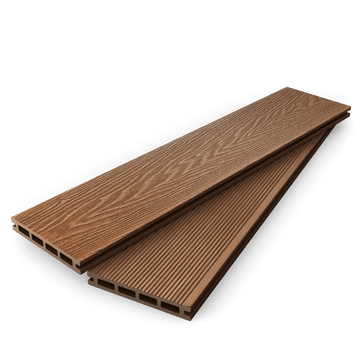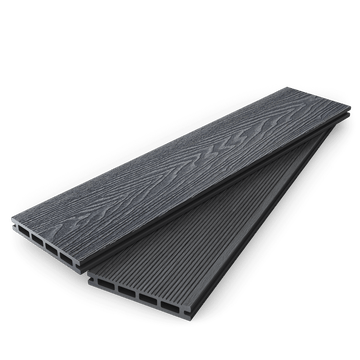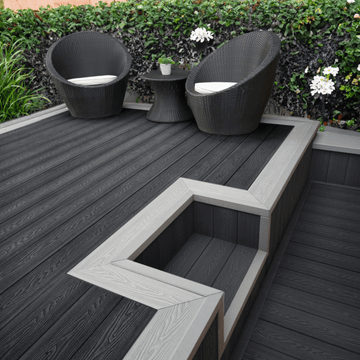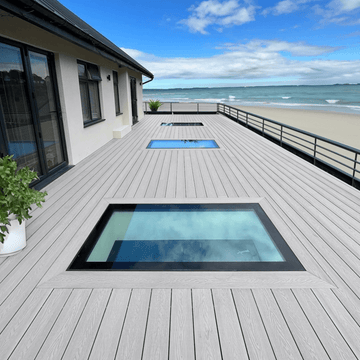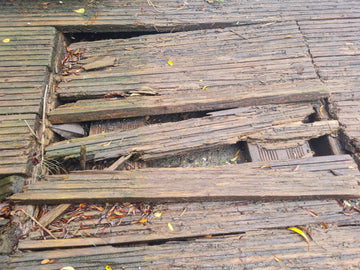In the aftermath of significant fire-related disasters, there has been growing pressure to improve fire safety standards in construction, particularly for high-rise buildings. In response to this, new legislation was introduced to ensure that building materials used in residential structures, especially those with balconies, are non-combustible and meet stringent safety requirements.
Overview of the Legislation
The latest fire safety legislation mandates that all external walls and attachments of residential buildings over 18 meters in height must be made from non-combustible materials. These materials must achieve an A1 or A2 s1 d0 rating based on the European Standard BS EN13501-1. This law is designed to enhance safety by ensuring that flammable materials are removed from the outer structure of tall residential buildings.
However, properties approved before this legislation came into effect or those still under construction are exempt. This also excludes commercial properties, hotels, and buildings in Scotland where the regulations apply to any structure over 11 meters in height.
The Changing Landscape of Balcony Safety
One key aspect of this legislation is its impact on balconies, which have now become a focus of attention. Under the new rules, balconies are considered a specified attachment to the external wall and must adhere to non-combustible requirements. This shift opens the door for innovative balcony solutions and materials, offering architects and developers the opportunity to enhance the safety and sustainability of their projects.
While the regulations have raised questions in the construction industry, they also provide a clear pathway toward safer and more responsible building practices. Developers are now tasked with finding non-combustible alternatives for balcony components like decking, which has traditionally been made from timber or other flammable materials.
Ongoing Uncertainty and Discussion
Despite the clarity of the overarching regulations, confusion still surrounds several key areas, particularly the precise interpretation and application of the rules. Architects, engineers, insurers, and developers are finding it challenging to navigate the complexities of these new fire safety standards. There has been debate over the definition of building height, which influences whether a property qualifies for the regulations, as well as uncertainty regarding whether small components, like clips and fittings, should also be non-combustible.
Furthermore, the question of combustible materials in low-rise structures and roof terraces has also sparked discussion. Some clients are requesting the complete elimination of combustible materials in all balcony decking systems, regardless of the building's height. This shift in attitude is also affecting the insurance sector, with some companies refusing warranties for decks made from combustible materials.
For example, after a fire broke out on a balcony, a major residential developer was required to completely redesign and replace their previously approved decking system to comply with the new regulations. These challenges have led to additional financial burdens for many developers and building owners, who are faced with costly replacements to meet the new safety standards.
The Role of Innovation in Fire Safety
While these changes have undoubtedly caused some confusion in the industry, they also present an opportunity for innovation. The fire safety regulations are helping to drive the development of new, safer materials that meet the demand for non-combustible solutions. Companies like EnviroBuild are at the forefront of this shift, offering fire-rated, non-combustible decking options that are designed to meet the new legislative standards.
The increased demand for non-combustible decking has led to the emergence of a wide range of alternative materials that provide the same aesthetic appeal as traditional wood but without the associated fire risks. These materials are not only safer but also require less maintenance, offering long-term durability and peace of mind for developers, property owners, and residents alike.
Moving Forward with Confidence
As the regulations continue to evolve, there is hope that further clarity will be provided, particularly regarding the application of non-combustible requirements to lower-rise buildings and roof terraces. The government's investment in fire safety initiatives, including funding for the replacement of dangerous materials, is a step in the right direction. However, it’s important to note that this funding primarily targets the replacement of aluminium composite materials (ACM), and not other combustible materials such as wood or plastics.
For now, the key to navigating these changes is to stay informed about the latest developments and to choose materials that are not only compliant but also offer long-term value and safety. The industry is making strides towards providing safer and more effective solutions, and non-combustible decking is a crucial part of this effort.
Conclusion
The shift towards non-combustible materials in high-rise construction is part of a larger movement to ensure fire safety and reduce the risks associated with combustible building elements. Although the introduction of these regulations has created some uncertainty, it has also sparked innovation within the construction industry, leading to the development of safer, fire-rated solutions.
By adopting non-combustible decking, developers and property owners can help ensure that their buildings meet modern safety standards while also creating outdoor spaces that are durable, low-maintenance, and environmentally responsible. With ongoing changes to fire safety legislation and new advancements in construction materials, the future of building design is looking safer and more sustainable than ever before.
